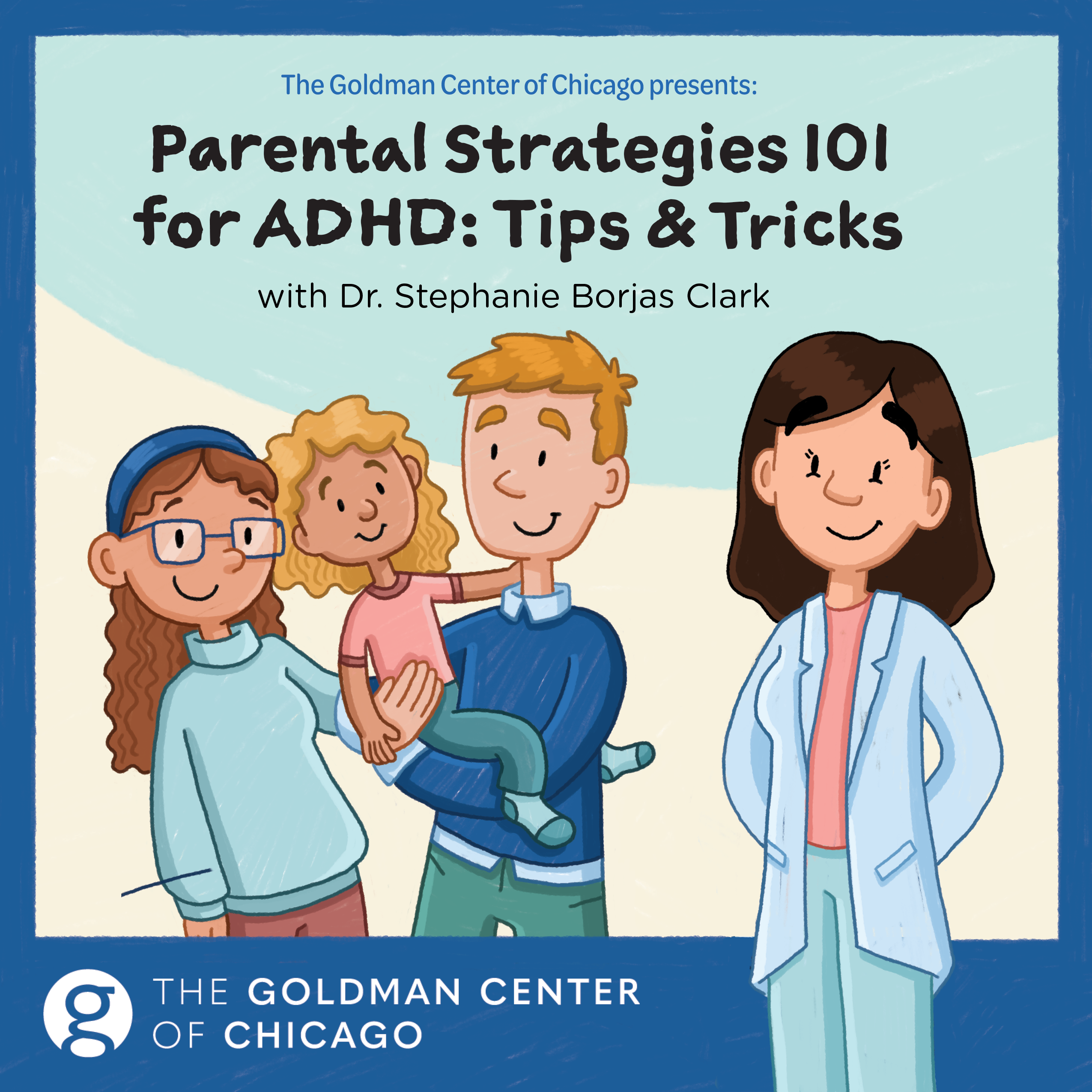Attention-Deficit/Hyperactivity Disorder (ADHD) is a common neurodevelopmental condition that affects many children across the globe. For parents, learning how to best support their child with ADHD can be both challenging and rewarding. Children with ADHD often face difficulties with attention, impulsivity, and hyperactivity, which can affect their performance at school, their behavior at home, and their relationships with peers. However, with the right strategies in place, you can help your child manage their symptoms and thrive in their environment.
This article outlines actionable, research-based strategies that parents can implement to support their children with ADHD. These tips and tricks not only provide practical solutions but also foster a positive and supportive environment that empowers your child to succeed.
Tip #1: Create Consistent Routines
Children with ADHD often struggle with structure, which can make everyday tasks seem overwhelming. Implementing a daily routine can help them stay focused and organized. Ensure that each day follows a predictable pattern, including wake-up times, mealtimes, homework sessions, playtime, and bedtime.
Consistency gives children a sense of control over their environment, reducing anxiety and providing clear expectations. Make sure to:
- Use visual schedules: Visual aids like charts or planners help children keep track of tasks and reinforce the importance of staying organized.
- Break tasks into smaller steps: Large tasks can feel overwhelming. Breaking them down into manageable steps keeps your child focused without feeling frustrated.
- Use timers: Timers can help keep children on track by providing a visual or auditory cue to complete tasks.
Tip #2: Encourage Positive Reinforcement
Positive reinforcement is a powerful motivator for children with ADHD. Instead of focusing solely on correcting negative behaviors, reward your child for positive actions. This encourages them to continue those behaviors and improves their self-esteem.
- Reward effort, not just results: Praise your child when they make an effort to stay on task, follow instructions, or display patience. Recognizing effort, even when the outcome isn’t perfect, helps children feel valued.
- Use small rewards: Incentives can be a great way to motivate children. Rewards could be as simple as extra playtime, a favorite snack, or a special outing. Make sure the rewards are attainable and tied to specific goals.
Tip #3: Set Clear Expectations and Boundaries
Children with ADHD often benefit from clear, straightforward communication. Setting clear expectations and boundaries helps reduce confusion and keeps them focused on what’s important.
- Be specific: Instead of vague instructions like “be good,” offer more detailed expectations like “please finish your homework before dinner.”
- Use visual cues: For younger children, visual reminders such as charts or color-coded signals can reinforce what is expected.
- Consistent consequences: Stick to consistent and predictable consequences for both positive and negative behaviors. If your child knows the outcome of their actions, they’re more likely to follow through with the appropriate behavior.
Tip #4: Teach Self-Regulation Techniques
ADHD often makes it difficult for children to regulate their emotions and impulses. Teaching self-regulation skills can help them manage their behavior in social and academic settings.
- Mindfulness and relaxation: Encourage techniques like deep breathing, progressive muscle relaxation, or mindfulness exercises to help your child calm down in stressful situations.
- Breaks and movement: Short, frequent breaks throughout the day allow children with ADHD to release pent-up energy and refocus. Incorporate physical activities like stretching, jumping, or dancing during breaks to help them regulate their energy levels.
- Teach emotional expression: Help your child learn how to express their emotions appropriately by discussing feelings, role-playing scenarios, and modeling how to handle frustration.
Tip #5: Maintain Open Communication with Teachers and Caregivers
Supporting a child with ADHD requires collaboration between parents, teachers, and caregivers. Regular communication ensures that everyone involved is on the same page and understands how to best support the child.
- Collaborate with educators: Work with your child’s teachers to develop strategies for success in the classroom. This could include preferential seating, extra time on tests, or frequent breaks.
- Provide updates: Regularly update teachers or caregivers on any new strategies or techniques you are using at home. This allows them to reinforce those strategies and maintain consistency across different settings.
Tip #6: Create a Distraction-Free Environment
Minimizing distractions can help your child stay focused, especially when it comes to completing homework or other tasks that require concentration.
- Designate a homework space: Create a quiet, clutter-free space where your child can work on assignments without distractions like TV, toys, or noisy siblings.
- Use noise-canceling tools: If your child is sensitive to sound, consider noise-canceling headphones or white noise machines to help them concentrate.
- Limit screen time: Excessive screen time can over-stimulate children with ADHD. Set limits on electronics, particularly during homework or quiet time, to encourage focus.
Tip #7: Prioritize Sleep
Sleep is critical for children with ADHD, as lack of sleep can exacerbate symptoms like inattention and hyperactivity. Establishing a calming bedtime routine can improve sleep quality.
- Create a wind-down routine: Develop a consistent bedtime routine that includes relaxing activities such as reading, listening to soft music, or taking a warm bath.
- Limit screen exposure before bed: Blue light from screens can interfere with melatonin production, making it harder for children to fall asleep. Limit screen time at least one hour before bedtime.
- Set a consistent bedtime: Going to bed and waking up at the same time each day, even on weekends, helps regulate your child’s internal clock and improves sleep quality.
Tip #8: Emphasize Physical Activity
Regular physical activity is beneficial for children with ADHD, as it helps burn off excess energy, improves focus, and reduces symptoms like restlessness.
- Incorporate physical breaks: Throughout the day, give your child opportunities to move. This can include short exercise breaks, outdoor play, or even simple stretching exercises.
- Encourage sports or active hobbies: Sports like swimming, martial arts, or soccer can help improve attention span, coordination, and social skills while providing a productive outlet for energy.
Conclusion: Empowering Your Child Through Support and Structure
Parenting a child with ADHD can be challenging, but by implementing these strategies, you can create a supportive environment that helps your child thrive. By providing consistent routines, clear expectations, positive reinforcement, and opportunities for self-regulation, you’ll empower your child to navigate their ADHD with confidence.
Above all, remember that your love, patience, and understanding are the foundation for your child’s success. While ADHD may present unique challenges, it also offers opportunities for creativity, resilience, and growth—both for you and your child. By staying informed and proactive, you’re giving your child the best chance to flourish.






